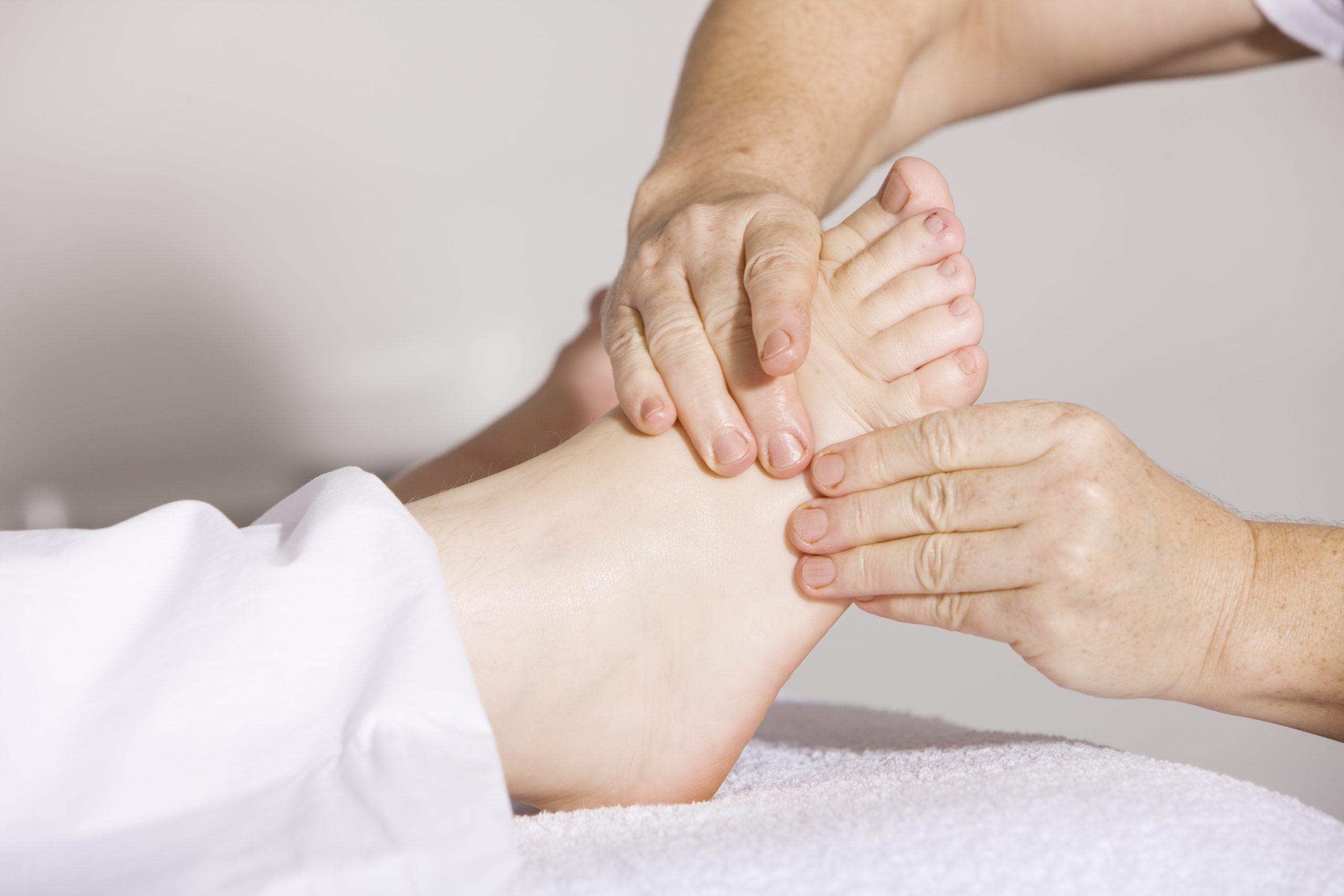
Feet swelling is something that most regular fliers may experience at some time. Foot swelling is known medically as dependent edema and is usually innocuous during plane travel. The fluid accumulation is due to inactivity and gravity’s effect on your body’s fluids. You have undoubtedly experienced the discomfort of swollen feet after a long journey. We cannot always anticipate when or where our swelling will occur because of our unique nature of each of us. This article will discuss the causes of and solutions for travel-related foot swelling.
Are Feet Swelling During Travel Threatful?
In most cases, swelling is neither harmful nor fatal. There will inevitably be some modest swelling for the majority of passengers and regular fliers. As soon as they feel better, they can go back to having fun on their vacation. However, swelling is not always the problem. Swelling in the feet and ankles may make wearing shoes painful, and in extreme situations, walking may be painful for many days.
The swelling might become life-threatening if left untreated. You should consult a doctor if the swelling does not go down after a few days following a flight. Rarely, it might cause blood clotting. Fortunately, this is quite uncommon, and there are several measures one may take to forestall the onset or worsening of edema.
Reasons for Foot Swelling During Travel
Following are the common reasons why the foot swells during air or other types of travel. All of these reasons have been backed by medical evidence for the validity of claims.
Inactivity

Flying is associated with an increase in the frequency and severity of swelling for many passengers. Gravitational edema occurs when blood pools in your lower extremities due to prolonged sitting. It occurs while you are sitting still for an extended period. The end effect is swelling in the feet, which may make shoes unpleasant to wear.
According to a study by Partsch (2008), foot Swelling or Leg edema is often observed in severe Chronic Venous Insufficiency (CVI) and is a recognized effect of immobility and extended sitting, which causes venous stasis (CVI).
Some people refer to this kind of leg edema as “dependent edema,” “gravitational edema,” “filtration edema,” “armchair leg,” etc., although most doctors are not familiar with it. Due to this, it is often treated with the inappropriate use of pharmaceuticals like diuretics, antibiotics, etc. for longer periods than is necessary, and without sufficient compression or physical therapy.
Drastic Changes in Temperature of the Human Body
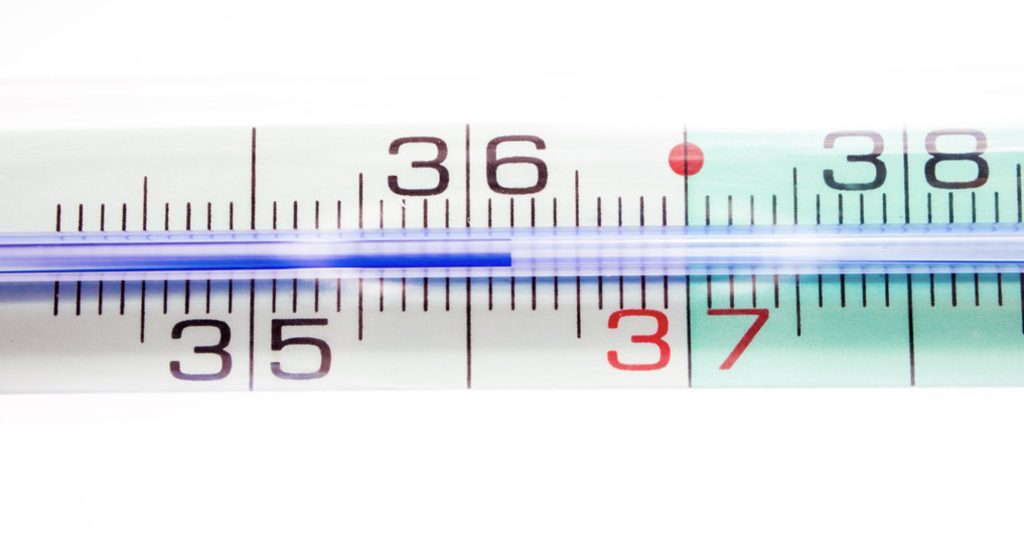
The body’s attempt to adapt to a drastically different environment is another typical cause of edema when traveling. Swelling of the limbs may occur if you are not accustomed to hot or humid settings, or if you go directly from a cold region to a warm one, such as a tropical country.
It is possible to get it anywhere on your body, including your fingers, toes, palms, palmar surface, palm dorsum, and palmate surface. This explains why so many vacationers have trouble taking off their rings before, during, and after a trip to a warm-climate country.
In a study conducted by Mittermayr et al. (2003), the authors along with other reasons, also consider the change in temperature as an important reason for foot swelling during travel.
This study concluded that, in addition to the hypobaric-hypoxic environment on board the aircraft, other factors may contribute to fluid accumulation in the superficial tissues. These include an uncomfortable, cramped sitting position, the ambient temperature near the seat, and the constant vibration of the underlying surface of the aircraft.
Editor’s Pick: Here’s Where You Can Go For Camping in Minnesota
On-Board Food and Refreshments

High-quality, nutritious food is hard to come by at airports and on most flights. While in-flight meals are becoming better on most airlines, they still have a bad reputation for being high in salt and produced with toxic components that may lead to bloating and swelling in the foot and face. Due to the lack of availability of nutrient-rich foods and the availability of salty, sodium-rich food, most individuals eat more healthfully at home than they do when abroad.
As a result, when you travel, you probably eat differently than you do at home. The body’s response to the barrage of nutrient-depleted, carbohydrate-heavy travel alternatives may lead to edema as the digestive system and cells work to cope. If the food is saltier or heavier than what you are used to eating, your face may bloat up in an unattractive way.
Brown (2021) conducted a study that shows that around four extra pounds of fluid retention (edema) may be linked to excessive salt intake (as may occur during binge eating). In certain cases, edema of foot swelling is accompanied by polyuria, which is an increase in the frequency and/or volume of urination. Sodium chloride consumption has been linked to increased foot edema frequency.
However, certain airlines hold the record for serving the best food in the air and we recommend you to choose from them.
How to Avoid Swelling on Feet While Traveling?
Preventing edema is preferable to treating it after it has already appeared. Here are some helpful hints for minimizing your exposure to this frustrating facet of travel.
Stay Hydrated During Travel
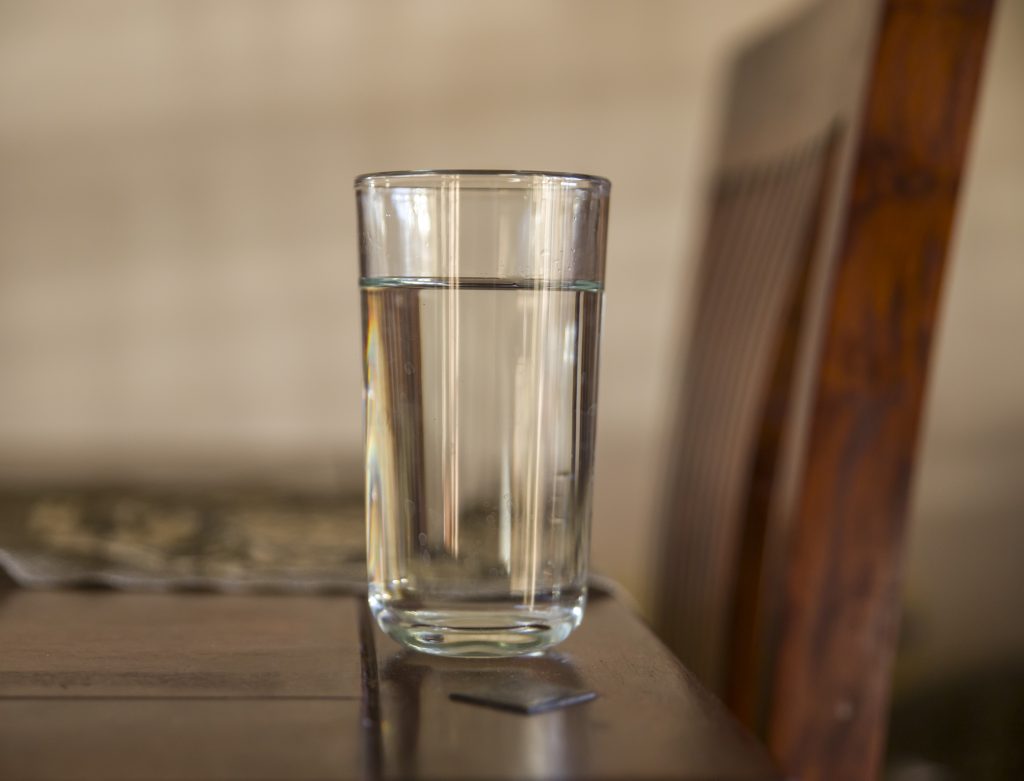
It may seem paradoxical to drink extra fluids while your body is holding water, but the Cleveland Clinic says doing so may help flush out excess salt, which leads to fluid retention. To avoid feeling weak and dizzy at the beginning of your journey, make sure to drink enough water the day before and the day of your departure. If you want to keep hydrated throughout the flight, pack a large bottle of water and refill it as necessary. You will be more likely to get up and go for a stroll to the restroom when you need to use it if you drink a lot of water.
Wear Appropriate Clothing and Footwear
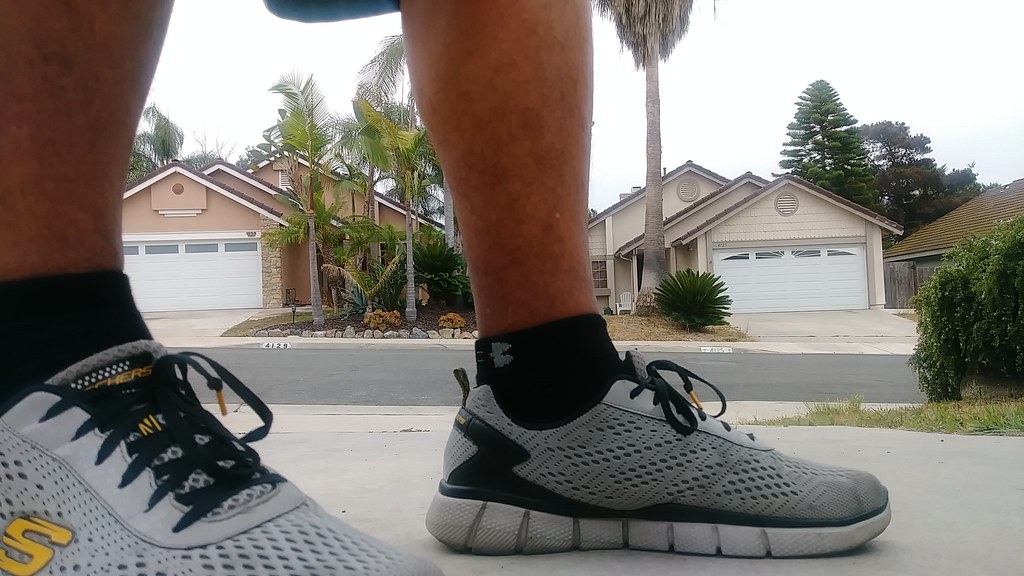
Wearing flexible, comfortable clothing and shoes will help you manage any edema that may occur. On days when you will be traveling, slip-on shoes are ideal since they can be quickly removed for foot massages and foot exercises. You can increase blood flow by massaging your feet, but remember to be considerate to your neighbors while doing so. That helps avoid swelling and also lessens the likelihood of blood clots forming in flight.
Consume Alcohol Wisely

The ability to relax and enjoy alcohol while flying is a major perk and most of us, realistically, consider it as part of their air travel. Do not worry, we will not urge you to pass up the snacks and drinks on board. Keep in mind that alcohol dehydrates your body, making headaches the most likely consequence after a night of heavy drinking.
As a result, your body could respond by accumulating extra fluid. Having a few drinks might make it easier to relax and fall asleep in an uncomfortable sitting posture, which can lead to fluid retention in the legs and feet due to prolonged sitting. To sum up, we are not suggesting you go without wine on your flight, but you should use caution while imbibing alcoholic beverages.
Drink moderately and follow each alcoholic beverage with a glass of water. You should also be sure you drink a lot of such drinks which have been loaded with electrolyte-rich coconut water crystals and immune-boosting vitamins to help keep your body in check during the flight.
Come Prepared

A person’s physical health might be impacted due to traveling. Traveling is not good for your health since it encourages dehydration, slows your circulation, and puts you in contact with potentially harmful contaminants. Bring your micronutrient supplements to help your body’s immunity and performance.
With components like papaya, which aids in digestion and prevents gas and bloating, and goji berry, which dilates blood vessels and improves circulation, you can maintain hydration. You may also want to carry some probiotics, which are good for your digestive system. If you do this, you may decrease the effects of edema caused by the exotic cuisine. Omega-3 is also a potent anti-inflammatory, meaning it may lessen things like swelling and discomfort.
Reduce the Amount of Salt in Your Diet

The food served on planes is notoriously salty and often unhealthy, mainly when it is in economy class. You do not need to go without food on your flight, but you may want to hold off on picking up any additional salty snacks at the airport’s convenience shop.
On a flight, this means passing up the peanuts, chips, and pretzels that are handed out to passengers. It may be more difficult to resist the local fare when you are already there. After all, sampling local cuisine is an essential aspect of every trip. However, it is beneficial to pay attention to your food intake and limit mindless nibbling.
Take the Opportunity to Stretch

Do not give in to the temptation of sleeping for the whole journey. Despite the temptation to stick to your seat with a good book, a movie, or even sleep during the flight, getting up and walking the aisle a few times after the captain gives the all-clear sign; can do wonders for your feet and ankles. For flights lasting more than two hours, it is recommended that passengers get up and traverse the aisle every hour or so.
If you have swelling, getting your blood pumping by standing or going to the restroom may help reduce it. To keep your foot muscles strong, you may exercise them even if you cannot walk. If you want to get your feet moving, try pointing them up and down and then side to side. Here, you will work on flexing your feet, calves, and legs to wake up those muscles after a long time of inactivity.
Free Up More Space for Your Legs
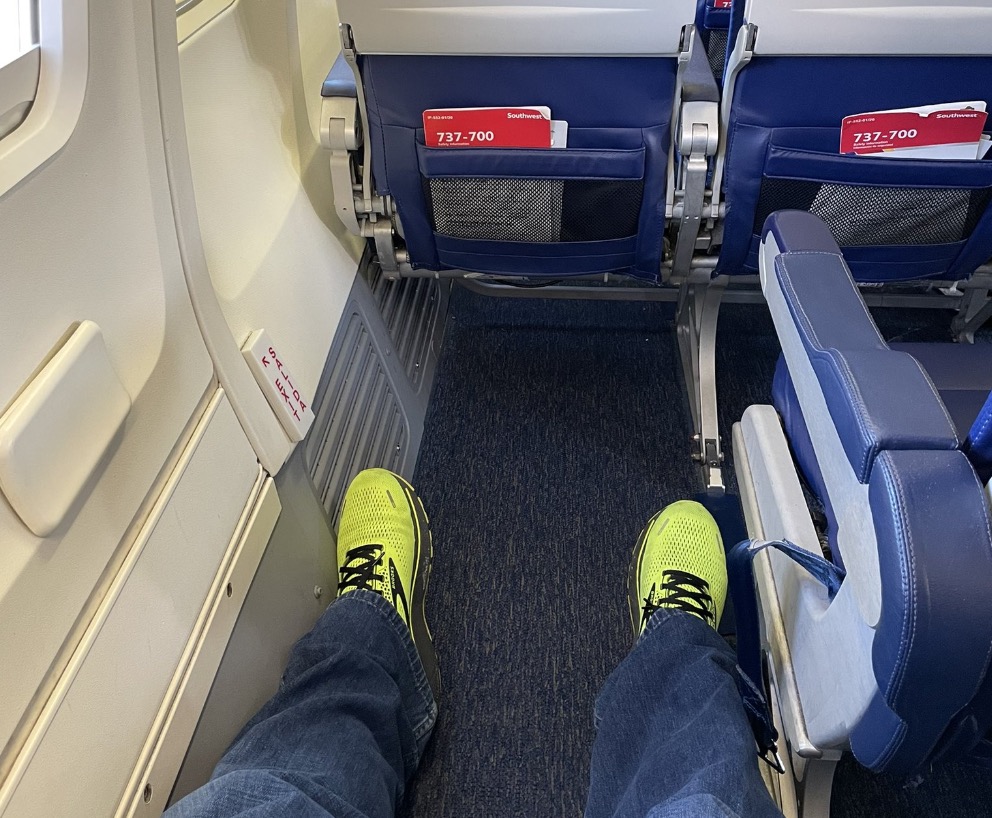
If your feet have to squeeze past your carry-on luggage, they may end up in an uncomfortable posture that prevents blood from reaching them. To avoid cramping your feet and toes throughout the trip, remove any belongings from the seat in front of you.
While on your stroll, perform some simple stretches in the open area behind the galley to keep the blood pumping to your muscles and organs. If you have to sit for long periods, try not to cross your legs to impede your circulation even worse (studies have also revealed that persons with hypertension have a dramatic rise in blood pressure when their legs are crossed at the knee).
Some airlines like Emirates offer a better legroom as well, even in the economy premium class. You can learn more about it in our guide to the difference between Emirates Economy and Emirates Premium Economy Class.
Wearing Compression Socks May Help

Compression socks that go above the knee should be part of your pre-flight attire. Compression socks, also called compression stockings, come in a variety of lengths and are meant to provide a slighter more gentle pressure to the legs than regular socks. As a result, blood flows more smoothly through the legs.
Since these compression socks are used by endurance athletes both during and after races, they come in a variety of fun styles and hues. The APMA provides a directory of approved hosiery and socks. If swelling persists more than a few hours after landing and getting back to your routine, it might be a sign of something more severe like a blood clot (also known as deep vein thrombosis).
Swelling in just one leg, or swelling accompanied by leg discomfort or shortness of breath, are other indications of this illness. If you are experiencing any of these symptoms, you should see a doctor at once. If you are considering donning a pair of compression stockings, it is best to get a medical opinion first.
Knowing the distinctions between the different pressures is crucial since certain individuals cannot withstand high pressure. Stockings with either an open or closed toe are on offer. If a patient has trouble bending down or pulling the stockings up their legs, a Velcro strap alternative is available.
Perform Cardiovascular Exercise
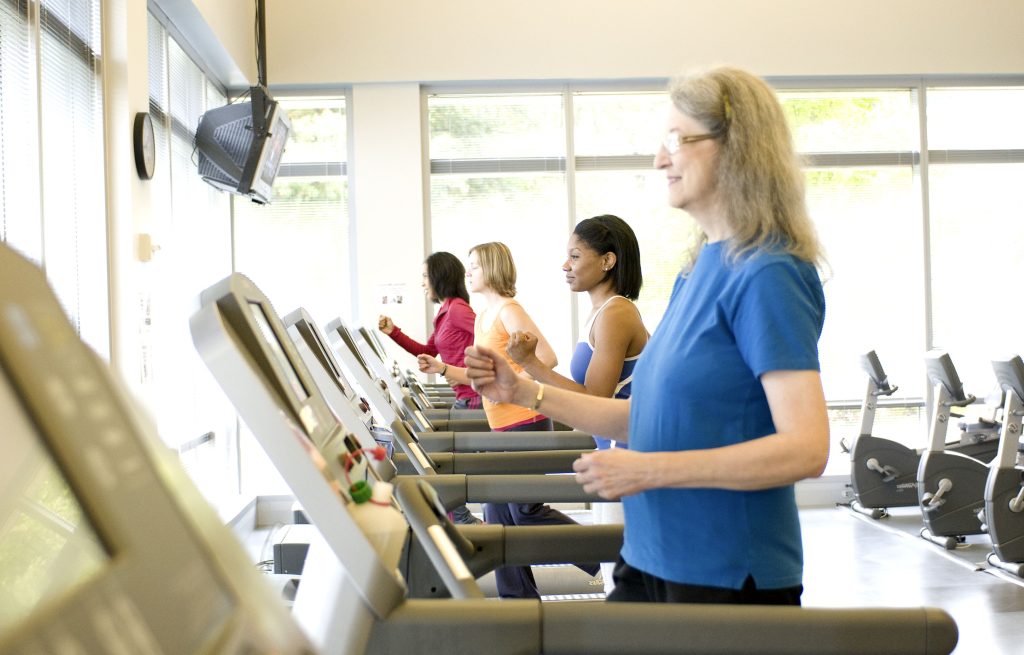
Endurance exercises can reduce the chances of foot swelling while traveling. If the problem of foot swelling persists one or two days after traveling or if you feel that your body is bloating in the hot climate or from eating too much salty food, you should do some cardio. Exercises like swimming, hiking, and running all help reduce edema. If the swelling makes such activities too uncomfortable, a quick stroll might help.
As a result of increased blood flow, exercise may reduce edema. In addition, the salt you lose via perspiration might assist in flushing out any extra fluids your system may be trying to hang on to.
Editor’s Pick: Flying for the First Time in Emirates Business Class? | Here’s a Guide to Help You!
Raise the Extremities
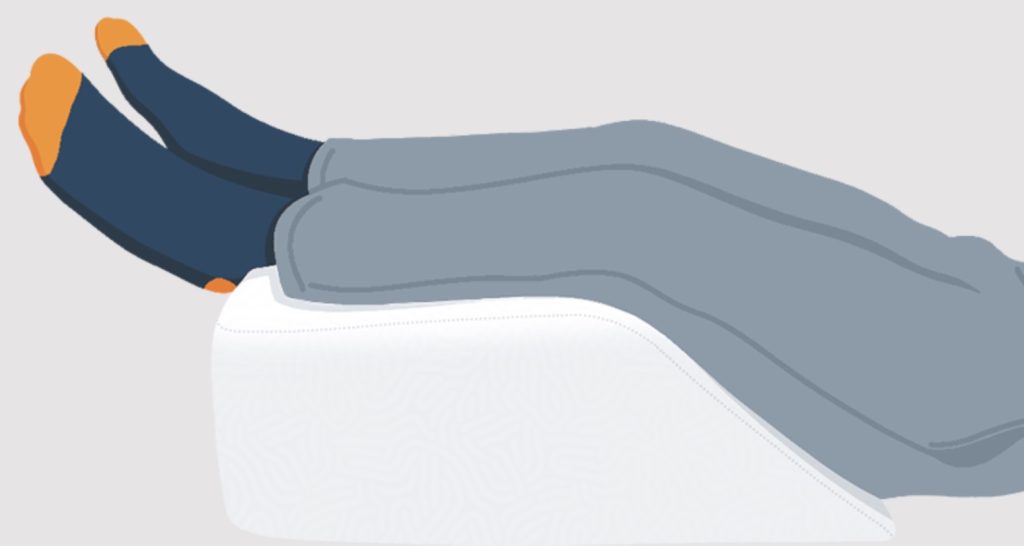
The accumulation of fluids in the swollen areas may be reduced by placing the affected body parts at a higher level. It is recommended that the swollen leg be propped up in a comfortable position, either on a chair or a cushion in bed, above the level of the heart. If swelling continues after a day of elevation, try sleeping with the affected limb elevated.
Conclusion
These suggestions may be useful, but there are still risks associated with flying if you have leg edema. Talk to your doctor about whether or not flying is safe for you if you are expecting a child or have just had significant surgery. Hormonal contraception increases the risk of blood clots. Other risks to think about include being overweight, having cancer or a blood clotting condition, heart failure, being over 60 years old, and sitting for lengthy periods.
When considering the larger picture, it is important to prioritize preventative actions like regular exercise and healthy dietary choices. If you have any prior health concerns, it is very important to consult with your doctor before flying. The demands of daily life might make it easy to neglect these procedures, but doing so is dangerous. Even if you are in excellent condition, taking some simple precautions may reduce the risk of edema and other consequences.
Why Do My Feet Swell When I Travel? - FAQs
You have been sitting for too long, and as a result, your blood and other bodily fluids have drained down to your feet. Varicose veins and hormone fluctuations are two more causes of bloating.
These are the signs of edema: across the afflicted region, the skin is glossy and taut; skin that retains its dimpled appearance; aches and decreased mobility symptoms affecting lung function, such as coughing or shortness of breath.
Yes. Swelling of the feet makes it difficult to walk. Plus, it could hurt also.
Mild swelling of the lower legs usually is not serious. However, you should see your primary care physician if the swelling in your feet and ankles is severe, causes you discomfort, or lasts for more than a few weeks.






